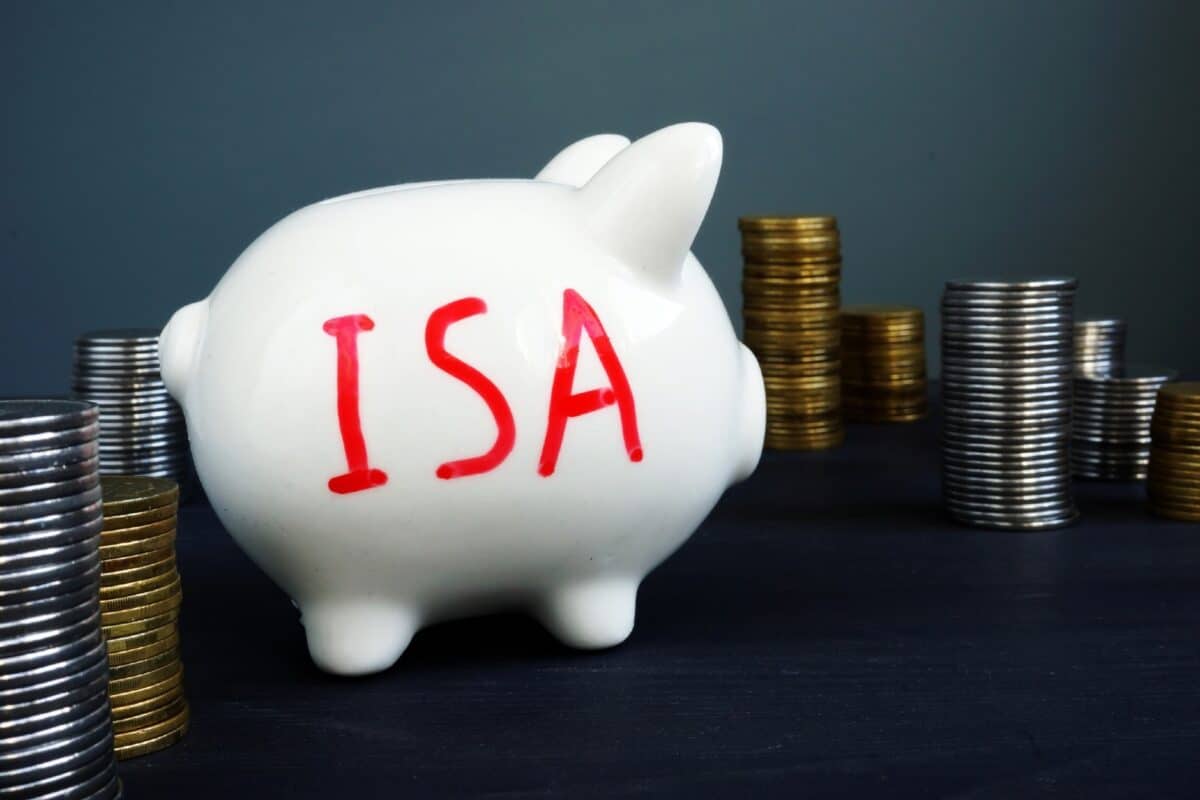Image source: Getty Images
It’s been a long time since the easyJet (LSE:EZJ) share price breached the £10 threshold. The short-haul airline used to trade at these levels before the pandemic came along like a wrecking ball. But since then, the travel market has made a full recovery. So, why hasn’t the easyJet share price recovered? And how long will this process take?
2025 price forecast
While the travel market has made a solid recovery, there’s still plenty of work left to repair the damage. Looking at the firm’s latest quarterly update, this becomes quite apparent. On the one hand, passenger volumes were up as demand for international travel makes a comeback. On the other, competitive pricing from rival companies is testing easyJet’s pricing power.
This is a trend the entire sector appears to be suffering from. And Ryanair CEO Michael O’Leary has said he expects pricing conditions to further deteriorate throughout 2024. That’s obviously not an encouraging sight. But fortunately for easyJet, its holiday package division seems to be firing on all cylinders.
Package holidays have contributed £73m of pre-tax profits over the three months leading to June this year. That’s up from £49m a year ago. And across its entire 2024 fiscal year, management expects this division to generate upwards of £170m. As such, the company is on track to hit its medium-term target of £1bn in pre-tax profits.
So, how does all this translate in terms of share price? Well, looking at the analyst forecasts, most are bullish. The most optimistic suggests easyJet shares could reach as high as £8.50 by this time next year, with the average share price prediction sitting at £6.70.
Compared to the current price, these forecasts suggest there are some chunky returns potentially waiting to be unlocked.
The journey to £10 a share
Forecasts always need to be taken with a pinch of salt, especially in highly competitive industries like air travel. However, the overall positive sentiment is an encouraging sign that shares of easyJet can eventually return to £10 given enough time.
Nevertheless, investors should always prepare for the worst. So, with that in mind, what could go wrong?
The biggest strength of any airline is also its biggest weakness – fixed costs. When planes are flying near full capacity regularly, profits are easy. But if travel numbers fall, even if flights get cancelled, margins can take quite a beating. After all, even when planes aren’t flying, there are still plenty of expenses to cover, such as airport fees, maintenance, and groundcrew.
The impact of inflation on jet fuel also can’t be ignored. Current forecasts predict fuel prices to rise as we enter 2025. However, if airfares continue to be squeezed by competitors trying to maximise capacity, the ability to pass on this cost to customers could be limited.
Fortunately, easyJet’s balance sheet is in a better state than most in this industry. That gives management some valuable flexibility to absorb higher costs if necessary. Nevertheless, the journey to return to £10 a share is likely to be a long and arduous one. That’s why I think there are better investment opportunities elsewhere.
Credit: Source link














